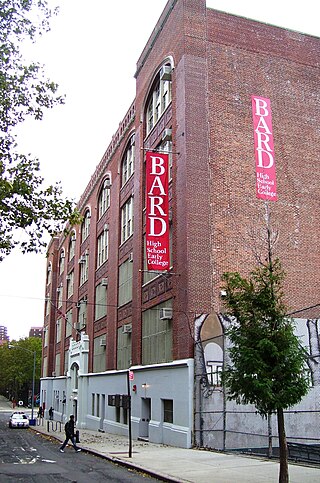This article's lead section may be too long for the length of the article.(May 2023) |
 | |
| Abbreviation | SUPA |
|---|---|
| Formation | 1972 [1] |
| Type | Concurrent Enrollment Program |
| Purpose | Educational |
| Location |
|
| Coordinates | 43°02′33″N76°07′43″W / 43.0426°N 76.128746°W |
Region served | Northeast United States |
Official language | English |
Parent organization | Syracuse University |
| Affiliations | National Alliance of Concurrent Enrollment Partnerships (NACEP) |
| Website | supa |
Syracuse University Project Advance (SUPA) is an educational program that provides high school students with the opportunity to take Syracuse University courses in their own schools during the regularly scheduled school day. After successful completion of the course(s) they can request to transfer the credits they earn into the colleges/universities they attend after high school. [2] This is an example of a Concurrent Enrollment Program or Partnership (CEP). [3]
Contents
Project Advance (PA) was formed in 1972 to provide more challenging options to college-bound junior and senior level students in local Syracuse high schools. By the time students reached their senior year, many had completed almost all of their requirements for graduation and needed a challenge to keep them motivated. [2] This phenomenon was termed senioritis or senior slump and led to a culture that focused on admission to college instead of high school as preparation for completing college. [4] [5]
Today, SUPA serves more than 200 high schools in New York, New Jersey, Maine, Massachusetts, Michigan, and Rhode Island, with the largest concentration in New York State. Approximately 9,000 students enroll annually in SU courses through Project Advance, taught by more than 878 high school faculty members with SU adjunct instructor appointments. Teachers continue to attend professional development training sessions at the annual SUPA Summer Institute as more and more high schools expand their academic offerings. The course selection has also grown to include more than 30 courses from 24 academic disciplines. [4] Project Advance, however, is not a profit center or a recruiting tool for SU.
Student participants can take SU university courses at a reduced tuition rate at their own high schools with the courses taught by high school teachers who are trained and supervised by SU faculty. The high school teachers who serve as instructors must meet certain standards in order to qualify for and continue teaching these classes for the university. They can earn graduate credit for the initial training as well as towards continuing education and professional development requirements. [6]
Students enroll in the courses through their local school system. Those interested in receiving Syracuse University credit complete an online application/registration form and pay per credit ($115.00 as of the 2020/21 academic year). [7] The courses are listed on the student's Syracuse University transcript by the title of the class and are not identified as SUPA classes. However, they also appear on the student's high school transcript where they are identified as SUPA courses. The extent to which colleges accept the credits varies by college. Many competitive colleges will not award credit if courses appear on the high school transcript and particularly if the courses either earned high school credit or were used to fulfill high school requirements. This contrasts to credit that is usually awarded for top scores on Advanced Placement Tests administered by the College Boards. [8]
University faculty read papers, review tests, and visit each class during the semester to ensure that the grading standards applied are consistent with those applied in the same courses on campus. These features plus the research that is done on the program each year, mean that PA meets the standards developed by the National Alliance of Concurrent Enrollment Partnerships (NACEP), an organization designed by and for CEP personnel to (through accreditation) reassure accepting institutions that credits earned through the CEP meet specific quality standards. [3]







